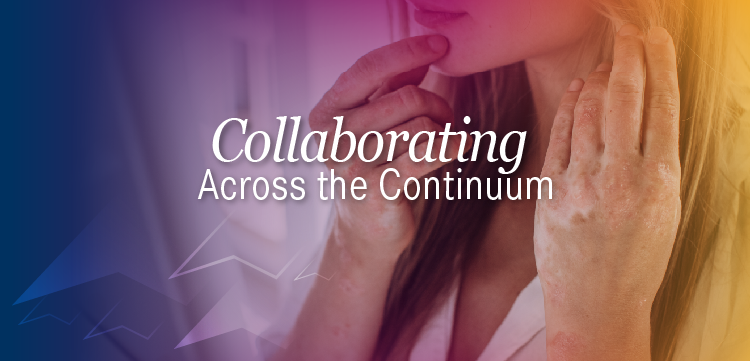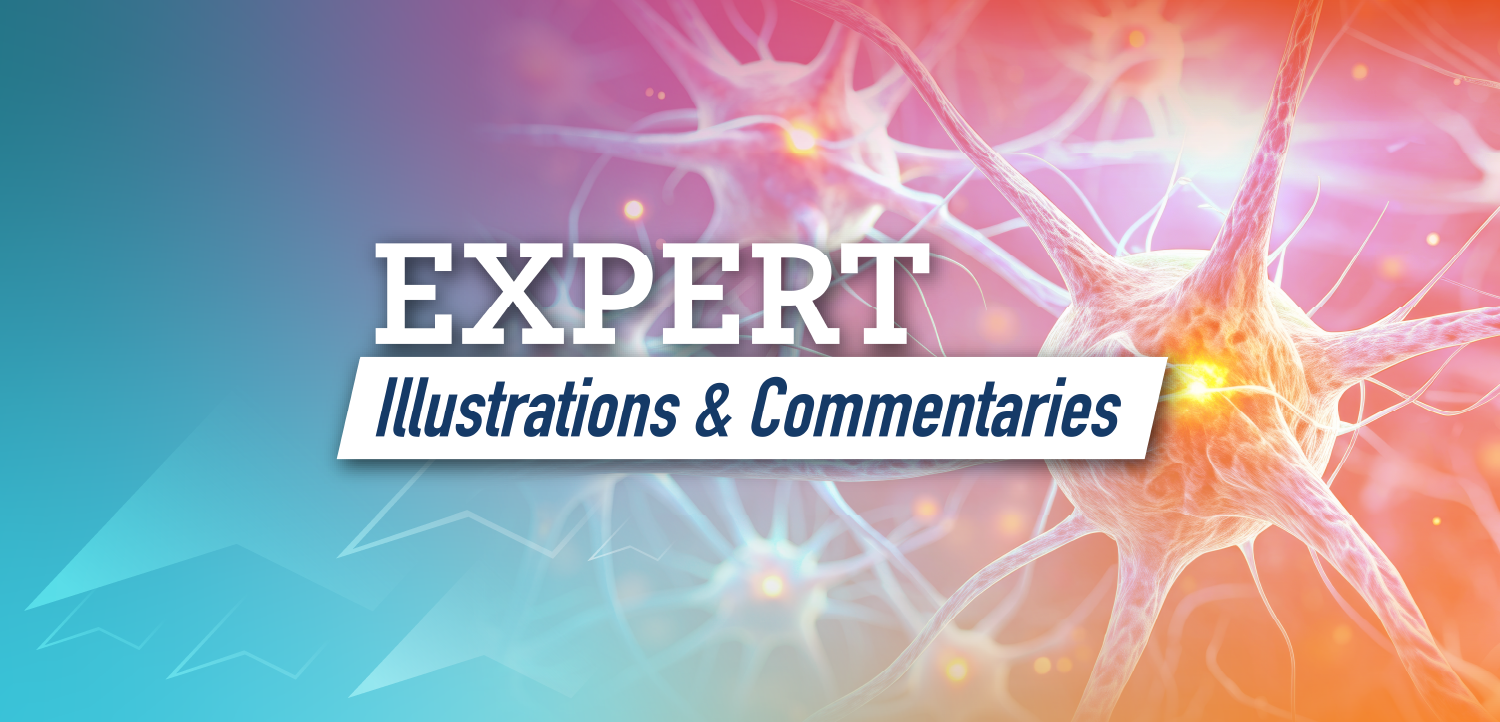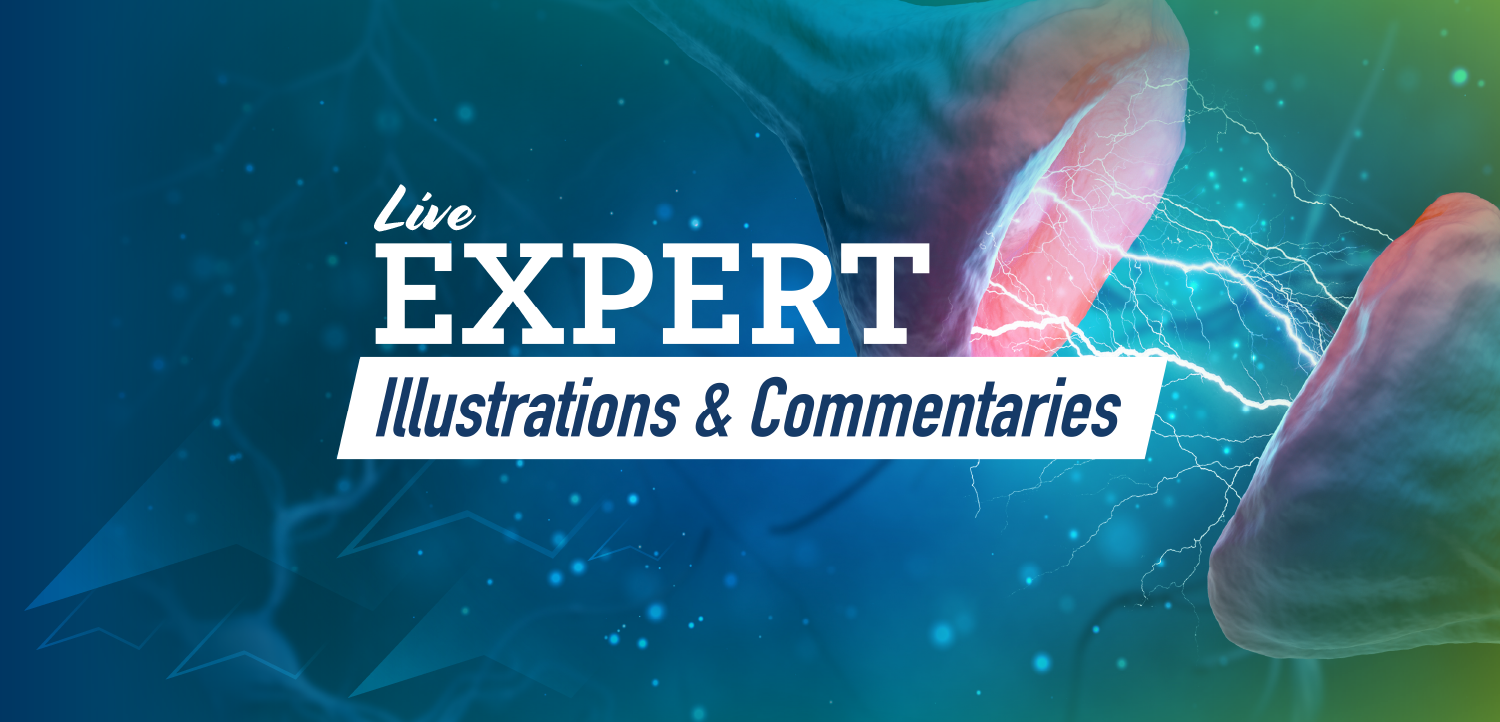
The Emerging Role of GABAergic Mechanisms in Mood Disorders by Po W. Wang, M.D., and Terence A. Ketter, M.D. Gamma-aminobutyric acid is a major inhibitory neurotransmitter widely distributed in the mammalian central nervous system. Animal models of depression have pointed toward the importance of the GABA system in the pathophysiology of mood disorders. Thus, elucidating the GABAergic effects of benzodiazepines, mood stabilizers, antidepressants, and new anticonvulsants and antipsychotics may expand our understanding of mood disorder pathophysiology and potentially generate new targets for treatment.












